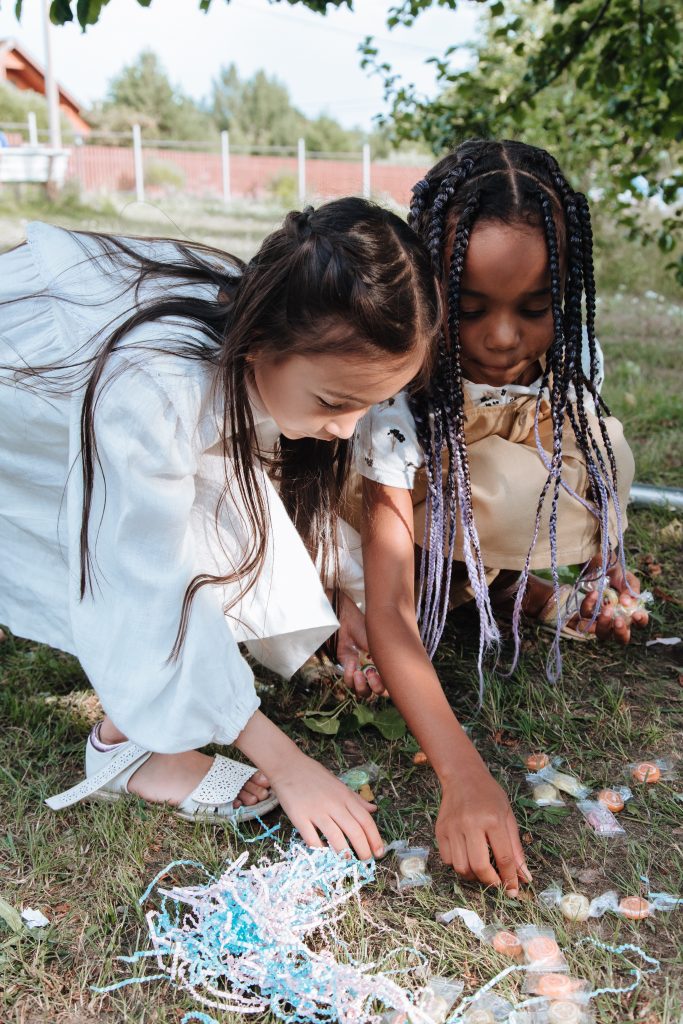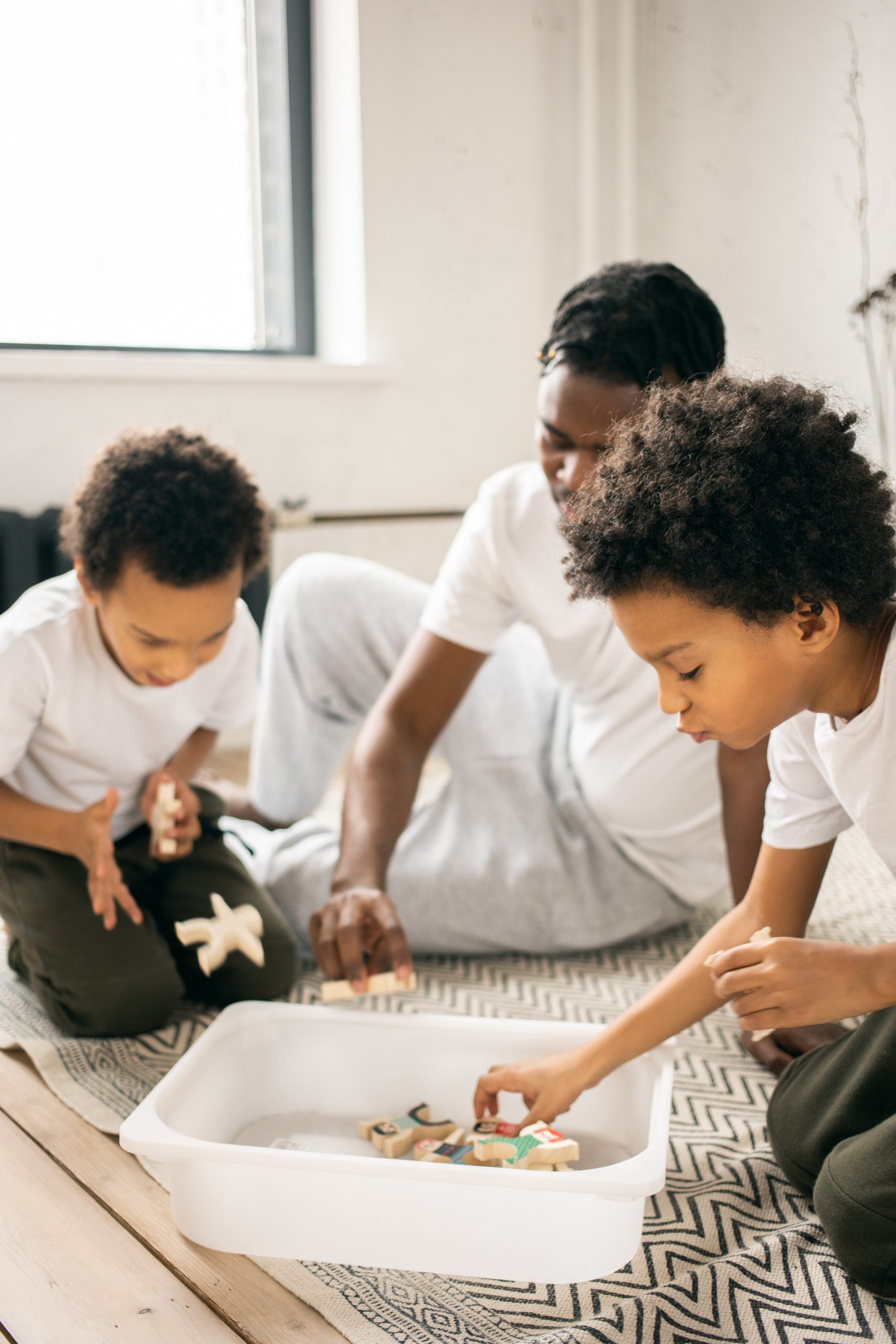Some kids do not easily learn from everyday life. These kids miss out on important social lessons like how to learn in a group or how to make a new friend. This is where a behavioral therapy program comes in.
When you begin a therapy program, it is best to start simple. Focus on these rules and your child will be having fun and making progress in no time.

Say Hello, Say Goodbye
When someone enters or leaves a room, your child should notice. Help your child stop what he is doing to say hello or goodbye. If your child does not speak yet, a wave will do just fine. Not only is this nice manners, it is an important early social skill. Your child should notice when people approach or leave an interaction.
Next, help your child tell you before he leaves an interaction. If you have spent time with typically-developing children, you know that they rarely wander away without saying something first: “Want truck,” or “Stay there, I’ll be right back,” or even “I’m mad!”
Children with special needs often are allowed to come and go without any social exchange. But this means they miss out on friendships and fun. You can make simple accommodations for children who do not easily echo words (like responding to “Tell me you’re all done!”).
With help, any child can sign “all done” each time he would like to finish an activity or leave a room. He can point to get his favorite toys or sign “hug” to get your attention. It takes practice and consistency, but it is well worth the effort!
Clear Out Clutter
Clutter is the enemy of learning. Children with social and communication challenges often are easily distracted. They might perform repetitive actions with collections of objects. They might fixate and tantrum for favorite toys or grab items off counters and out of your hands. If you want your child to focus on people and their words, move distractions out of sight.
An easily distracted child will need your help to slow down and focus. Set up an orderly space for learning where everything has its place. I recommend a small table and chairs where you can sit across the corner from your child. He will have a great view of your face and all the social information that comes with it- your words, your smile, your facial expressions! (See our Social Skills for Happy Kids series for more information about the learning area.)
When you are playing with toys, use just one at a time. A game where everyone has their own hula hoop can easily become a circus. A game where one hula hoop is controlled by an adult is a lesson in sharing, taking turns, patience, and communication.
You can also declutter your language by giving simple, clear directions. Think of the difference between:
“Why are you running around? I told you to give me that ball. I know its your favorite but we need to get in the car. I’ll give it back to you once we get to the park, I promise.”
And
“Give ball.”
For a child with language challenges, the first statement is just unfair. It is full of pronouns, abstract language, and frustration. Help your child succeed by keeping things clean and simple.

No Means No (and Yes Means Yes!)
Define your family rules. Think about your boundaries regarding screen time, junk food, cleaning up, table manners, bedtime, sharing, and aggression like yelling or hitting.
Do both parents agree on the rules? Are the children aware of the rules? Are the rules enforced consistently?
If not, figure out why. Perhaps you need to change your rules.
Maybe it does not really matter to you if Max watches his iPad before school, just as long as he is ready on time. Maybe yelling is allowed in your house but cursing is not. Maybe dessert is unlimited at birthday parties but limited on weekdays.
Whatever your rules are, just make sure they are clear and consistent.
Too often, the message is that no means no, unless you whine loud enough to get your way. This is not a symptom of a developmental delay or disability; this is learned behavior.
When you tell your child no, you should really mean no. And when you tell your child yes, you should really mean yes! Keep your promises, say yes whenever you can, and teach your child that you are kind and fair.


Leave a Reply